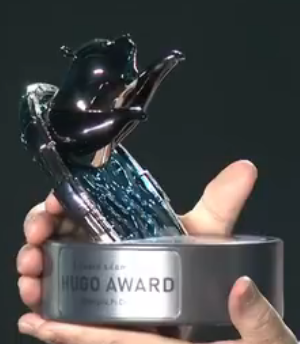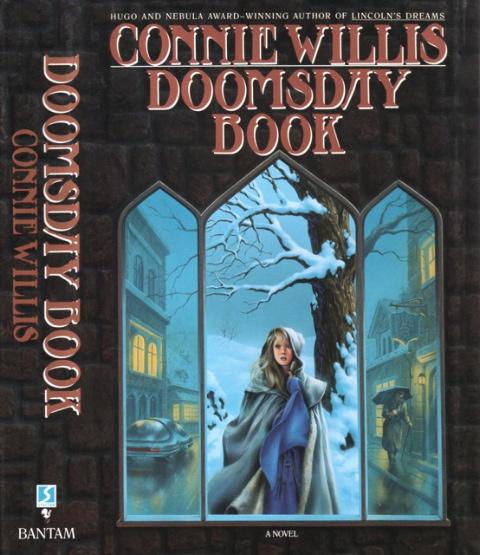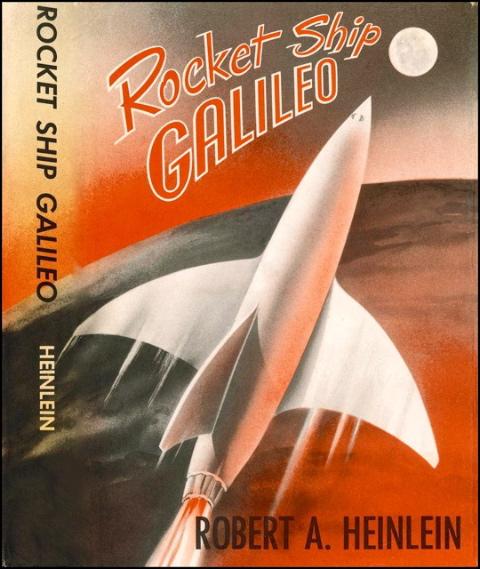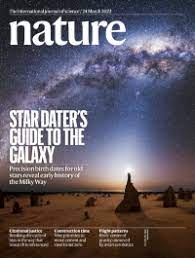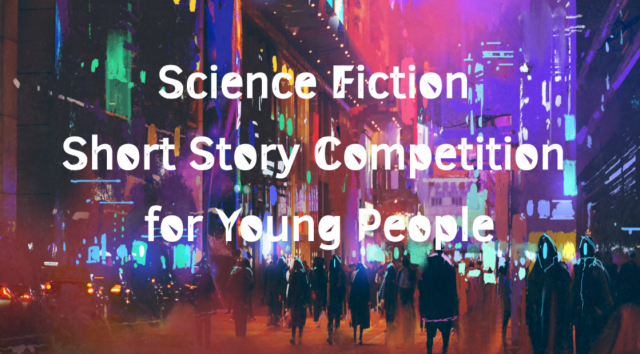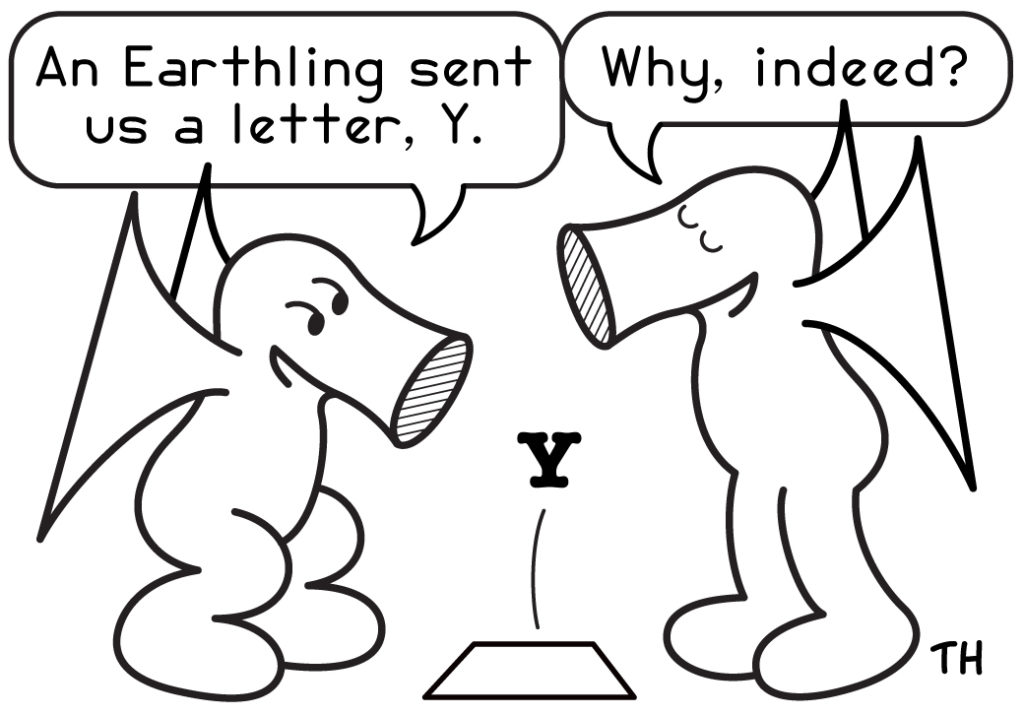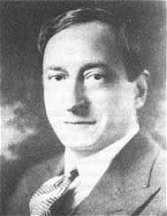(1) YE KEN NOW. [Via MT Void.] Read Michael Dirda’s article “The two best American fantasy writers you’ve probably never heard of” at the Washington Post. He’s talking about Avram Davidson and Manly Wade Wellman.
… Happily, though, these too-little-known but excellent writers — did I mention that both were honored with the World Fantasy Award for lifetime achievement? — have been supported and championed in recent years by independent publishers and knowledgeable admirers. Let’s start with Wellman.
Back in 2012, Haffner Press assembled “The Complete John Thunstone,” all of Wellman’s stories from Weird Tales magazine about a Manhattan-based occult investigator who, armed with a silver sword-cane, combats demons, the evil magician Rowley Thorne (loosely based on Aleister Crowley) and a hidden race of malignant humanoids called the Shonokins. Fans of Marvel Comics’ Doctor Strange will feel right at home…
… Despite the similarity in their structure, these tales of mystery and the supernatural excel at evoking the uncanny, even as the myriad details of Southern legend and lore further ramp up the tension and foreboding. Think of them, then, as round-the-campfire stories or front-porch yarns: They are shivery without being gruesome, they move right along, and each will leave you wanting to read just one more.
By contrast, Avram Davidson is far more literary, as well as amaster of many vocal registers and genres. In relating his brilliantly gonzo fantasies, he often takes his own sweet time, reveling in pyrotechnic sentences, Jewish slang, mordant humor, digressions and archaic diction. You’ll certainly find all these in “AD 100: 100 Years of Avram Davidson: 100 Unpublished or Uncollected Stories,” edited by Neva Hickman….
(2) NOT AT ALL ELEMENTARY, MY DEAR WATSON. “The Weird Lawsuit Over Netflix’s Enola Holmes, Explained” at Slashfilm.
…In the case of another prominent pop culture figure, Sherlock Holmes, many of the stories featuring Sir Arthur Conan Doyle’s famous detective entered the public domain some time ago. Copyright typically lasts for the duration of an author’s life plus 70 years, 120 years from the date of their creation, or 95 years from their publication date — whichever comes soonest. Doyle passed away in 1930, and a lot of his Sherlock Holmes novels entered the public domain in the 20th Century, beginning in 1981 when 1887’s “A Study in Scarlett” made the transition. So, by the time author Nancy Springer published her first “Enola Holmes” novel in 2006 — a novel based on the world established by Doyle — she was mostly in the clear.
In 2020, Netflix’s first adaptation of a Springer book, “Enola Holmes” arrived, welcoming girls into the detective club and becoming a big enough hit for the streamer to green-light a sequel. When “Enola Holmes 2” debuted in 2022, it proved to be an even more charming mystery outing, firmly cementing these films as a solid new franchise for Netflix. All in all, then, a pretty nice little success story for the biggest streamer in the game. Or at least it would have been if it wasn’t for that pesky copyright law….
…. The complaint alleged that Springer and the other parties infringed copyright and trademark law with the “Enola Holmes” products, specifically stating (via The Guardian) that Sir Arthur Conan Doyle had created “significant new character traits for Holmes and Watson” in the 10 stories that remained protected by copyright law in the U.S. Back in 2014, a ruling made all the Sherlock Holmes stories authored prior to 1923 property of the public domain, allowing Springer and others to use the character and his world in their creations. But the 10 remaining stories, referred to in the 2020 lawsuit, were written between 1923 and 1927, meaning they were still covered by copyright law.
So, what exactly had Springer, Netflix, and the others infringed upon from these specific stories? Well, emotions, apparently…
(3) TREK HISTORY ON THE AUCTION BLOCK. Two of the highlighted items in March 29’s “The Greg Jein Collection Hollywood/Entertainment Showcase Auction” are from Star Trek: The Original Series – a phaser, and a shuttlecraft model.
Star Trek: The Original Series (Paramount TV, 1966-1969), Mid-Grade Type-1 Phaser. Vintage original iconic prop measuring 3.75″ x 1.75″ x 1″. Constructed of hollow fiberglass, painted dark gray with silver stripe on both sides, with wooden emitter tip, acrylic gauge, aluminum power dial and diamond patterned decal. This very rare prop was used by the production for closer shots. Exhibiting scuffing and some paint retouching as well as adhesive remnants on the underside. Comes with a COA from Heritage Auctions. From the Collection of Greg Jein.

Heritage Auctions says about the shuttlecraft:
This piece is truly special. Greg, obviously known for his incredible model-building prowess, built this as a “stand-in” for his screen-used Galileo shuttlecraft filming miniature for the famous Star Trek exhibit at the Smithsonian in 1992. Greg feared his original miniature would become damaged, so he spared no attention to detail in creating this piece, knowing it would be viewed by hundreds of thousands of visitors at the National Air and Space Museum….
Star Trek: The Original Series (Paramount TV, 1966-1969), Greg Jein-Built Galileo Shuttlecraft Model for “Star Trek: The Exhibit” at the Smithsonian (1992). Original static model miniature constructed of cast resin elements, vacuum-formed plastic, mixed-media components, all expertly assembled, painted, and finished with Enterprise-gray paint, tape details, and transfer lettering for badging. Measures approx. 22″ x 14″ x 7.5″. The Greg Jein-built model was on display at the legendary “Star Trek: The Exhibit” at The Smithsonian National Air and Space Museum, Washington, D.C., from February 1992 through January 1993. Exhibits age, paint chipping, cracking and handling. Comes with a COA from Heritage Auctions. From the Collection of Greg Jein.

(4) EATING THE FANTASTIC. Scott Edelman invites listeners to join biographer Julie Phillips for Jӓgerschnitzel in Episode 221 of the Eating the Fantastic podcast.
I first met this episode’s guest, Julie Phillips, in the dealers room of the 2006 Los Angeles Worldcon, where I was introduced by Gordon Van Gelder, her editor on James Tiptree, Jr.: The Double Life of Alice B. Sheldon. That biography had been out only a few weeks by then, and it would go on to win the National Book Critics Circle Award, the Hugo and Locus Awards, and the Washington State Book Award. It’s a truly magnificent achievement, and if you haven’t already read it, you should track it down immediately. Once you do, you’ll understand why I’m anxiously awaiting her next biography — of the great Ursula K. Le Guin.

Her most recent book is The Baby on the Fire Escape: Creativity, Mothering, and the Mind-Baby Problem (2002). Her articles have appeared in The New Yorker, Ms., The Village Voice, Newsday, Mademoiselle, and many other publications. She currently lives in Amsterdam, where she reviews books for 4Columns.org and writes about English literature for the Dutch daily newspaper Trouw.
When I learned the Washington County Museum of Fine Arts had asked her give the kickoff lecture of its More than Muses Weekend in nearby Hagerstown, Maryland, I reached out to see whether she had time to break bread so I could share her wisdom with you. And I’m so pleased she agreed. We met for lunch the day after her presentation at Schmankerl Stube Bavarian restaurant, one of my favorite places to eat in Hagerstown.
We discussed why she called The Baby on the Fire Escape “a weird hybrid monster of a book,” the one thing she regrets not researching more thoroughly for her Tiptree bio, the reason there’s more space for the reader in a biography than a memoir, why some children of artistic mothers can make peace with their relationships and others can’t, the three things she felt it important to squeeze into the seven minutes she was given to speak at Ursula K. Le Guin’s memorial service, her writing method of starting in the middle of a book and working out toward both ends, the occasional difficulty of withholding judgement on one’s biographical subjects, the relationship between biographer Robert Caro and editor Robert Gottlieb, plus much more.
(5) ARTIFICIAL INTELLIGENCE, REAL BALONEY. “A Celebrity Dies, and New Biographies Pop Up Overnight. The Author? A.I.” finds the New York Times.
After Joseph Lelyveld, a former executive editor of The New York Times, died last month, his brother Michael Lelyveld went online to see how he was being remembered. He found obituaries in major news outlets, as expected. But he also found other, unexpected portraits of his brother.
At least half a dozen biographies were published on Amazon in the days immediately following Lelyveld’s death. Several of them were available for purchase on the very day he died. The books, he said, described his brother as a chain smoker, someone who honed his skills in Cairo and reported from Vietnam — none of which is true.
“They want to make a buck on your grief,” said Michael Lelyveld.
Books like this are part of a macabre new publishing subgenre: hasty, shoddy, A.I.-generated biographies of people who have just died…
(6) TODAY’S BIRTHDAY.
[Written by Cat Eldridge.]
Born March 22, 1920 — Ross Martin. (Died 1981.) Let’s talk about Ross Martin and his involvement with Wild Wild West which is a fascinating story indeed.
He got his first acting job in the early Fifties series Lights Out’s “I Dreamed I Died” episode.
This was not the beginning of his performance career as he did a lot of radio before that, including the last broadcast episode of Dimension X, and two of X Minus One, one of which taken from was Bradbury’s “The Man in The Moon” story which I believe Bradbury himself adapted for broadcast.
Before the Wild Wild West, he would be in the Conquest of Space, a film about the first interplanetary flight to the planet Mars, and in The Colossus of New York where he’s Dr. Jeremy “Jerry” Spensser (sic) whose brain gets put into a giant robotic body. What could possibly go wrong?
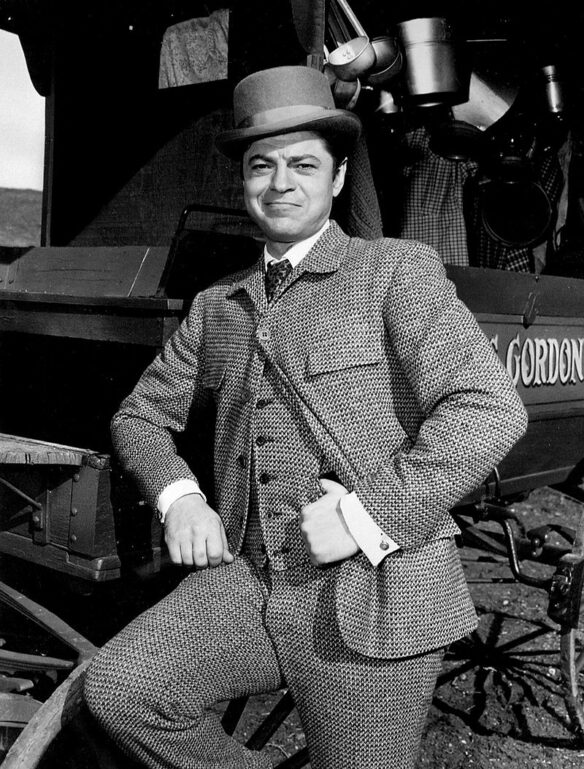
Mike wants to note that that though “not genre, he played the villain in Experiment in Terror which was a memorable film.” Thanks Mike!
Not surprisingly, he’d be in Twilight Zone. The first time “The Four of Us are Dying” where he’s already dead as Johnny Foster. Seriously he is. Nice touch there, Serling. The next time is in what starts as a purely SF episode which is described this way, “Space Cruiser E-89, crewed by Captain Paul Ross, Lt. Ted Mason (his character), and Lt. Mike Carter, is on a mission to analyze new worlds and discover if they are suitable for colonization.” Well, this being the Twilight Zone, it will take a trip into the very strange of course.
It is said that the Artemus Gordon character was largely shaped by Martin himself. He created almost all of his disguises for the show, and even the gadgets used on the series were either created by him or largely constructed with his input. Even the make-up he did for many of the episodes was mostly his own design. Given that he was in eighty-five episodes, that’s quite amazing!
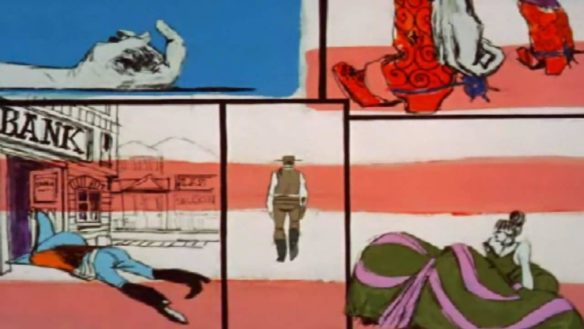
Gordon missed nine episodes after suffering a heart attack. The actor was temporarily replaced by familiar actors like William Schallert and Alan Hale, Jr. So yes the Captain did escape from the island. And time traveled.
I loved the series, loved him and Conrad, thought they made a great pair of agents. I’ve watched the series quite a few times including on DVD about a decade ago, that viewing allowed me to see pre-production sketch that was made of his very first make-up design for the pilot episode.
The four season boxed set has the two movies plus all the extras from seasons two through four but very oddly not the ones from the first season when these were first released as separate sets. A very odd thing to do. And yes, you can find the separate seasons easily enough on eBay.
After this series, his genre appearances are as follows.
He appeared in another Serling series playing Mister Gingold, a moneylender with almost no compassion for his debtors who would get his due justice Night Gallery-style in “Camera Obscura”, and again as Bradley Meredith in “The Other Way Out” as the jig is up after he kills a go-go dancer. Serling did not write this script and it shows. There’s nothing at all interesting here.
Not genre (I think, we could call it genre adjacent) was his role was Charles Chan in The Return of Charlie Chan.
Definitely genre was his appearance on Quark as Zorgon the Malevolent in “All the Emperor’s Quasi-Norms, Parts 1 & 2”.
I’m down to his last three genre appearances, he was in The New Adventures of Wonder Woman as Bernard Havitol in the “IRAC is Missing” episode and his next two genre role was as Ace Scanlon in a Fantasy Island two parter, “The Devil and Mandy Breem” and “The Millionaire”.
His final genre role was on Mork & Mindy as Godfrey in the “Mork and the Bum Rap” episode. That, I think, covers it.
(7) COMICS SECTION.
From Cooper Lit Comics:
(8) USE THE COFFEE MACHINE, LUKE. “’Star Wars’ Marathon Set From Alamo Drafthouse With All Nine Films” says The Hollywood Reporter.
Alamo Drafthouse is hosting a Star Wars marathon of all nine movies to screen back-to-back May 3-4, coinciding with the 25th anniversary of Star Wars: Episode I — The Phantom Menace.
The Texas-based theater chain will host the 21-hour marathon of the Skywalker Saga’s episodes one through nine at the Alamo Drafthouse New Mission in San Francisco. The all-in-one-sitting viewing will start May 3 with The Phantom Menace and end a day later with a screening of The Rise of Skywalker.
There will be breaks for “unlimited coffee and water” to keep your eyes open in case the Force isn’t enough. Audiences can expect Star Wars-themed food items from a galaxy far, far away at the concession stands, an immersive Star Wars lobby for selfies, and games and trivia between screenings.…
(9) WARP FACTOR TEA. Of course, if you’re not a coffee drinker, Adagio Teas looks like they have at least ten selections in their “To Boldly Brew…” line. One of them is “Picard’s Tea. Earl Grey. Hot. Tea”. Below are three examples of the art on the product tins.
Picard’s Tea. Earl Grey. Hot. Creamy Earl Grey Moonlight blends beautifully with Summer Rose, (English roses in honor of Sir Patrick Stewart’s homeland). Extra rose petals added for that touch of Starfleet Command red. [Episodes: TNG 2×11 “Contagion,” 4×26 “Redemption,” 6×19 “Lessons,” 7×20 “Journey’s End,” 7×25/26 “All Good Things…”]

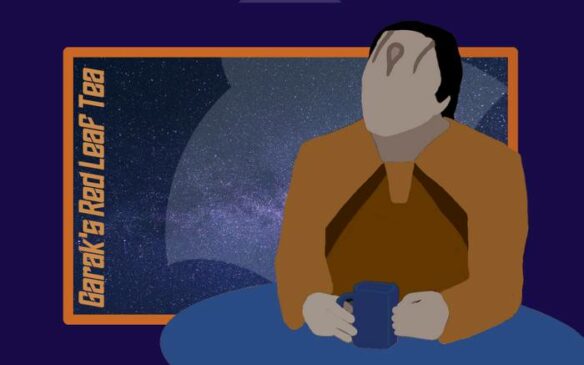
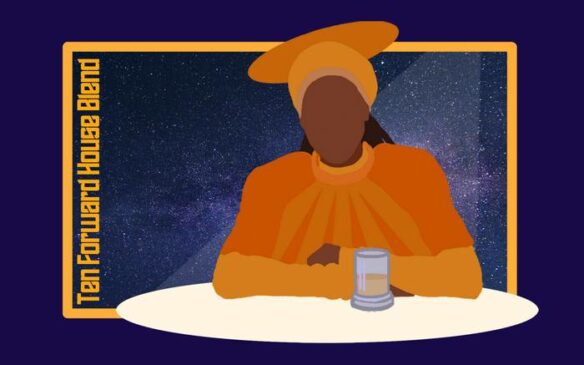
(10) ON THE BEACH. [Item by SF Concatenation’s Jonathan Cowie.] “NASA’s Mars rover probes ancient shorelines for signs of life” reports Science. A core drilled by Perseverance in October 2023 suggests it has been driving on the remains of an ancient beach.
…For the past few months, NASA’s rover, which is collecting rock samples to eventually send to Earth, has explored a ring of rocks just inside the rim of Jezero crater, which is thought to have been filled with water billions of years ago. An initial analysis suggests the rocks are composed of rounded grains of carbonate, a mineral that precipitates out of water. It’s a promising sign that the rocks were once beachfront property, says Briony Horgan, a planetary scientist at Purdue University who leads the rover’s science campaign. “You can imagine the waves crashing up against the shores of an ancient palaeolake,” she says….

(11) A PENGUIN IN YOUR FUTURE. “Colin Farrell returns in Max’s first The Penguin teaser” — let AV Club set the stage.
While fans will need to wait an extra year to see Robert Pattinson re-don his black cape for The Batman Part II (the film is now set to premiere in 2026), they don’t need to stay out of Matt Reeves’ gritty version of Gotham entirely. Colin Farrell’s Oz Cobb—in all his prosthetic-covered glory—is returning far sooner for his own eight-episode spinoff series, which lands on Max sometime this fall.
Move over, Tony Soprano. A new boss is coming to HBO. The first teaser for The Penguin opens in a flooded Gotham, right where the 2022 film left off, with Farrell doing exactly what any DC villain worth his salt should do: monologuing….
[Thanks to John King Tarpinian, Chris Barkley, Cat Eldridge, SF Concatenation’s Jonathan Cowie, Dann, Steven French, Mike Kennedy, and Andrew Porter for some of these stories. Title credit belongs to File 770 contributing editor of the day Cat Eldridge.]


